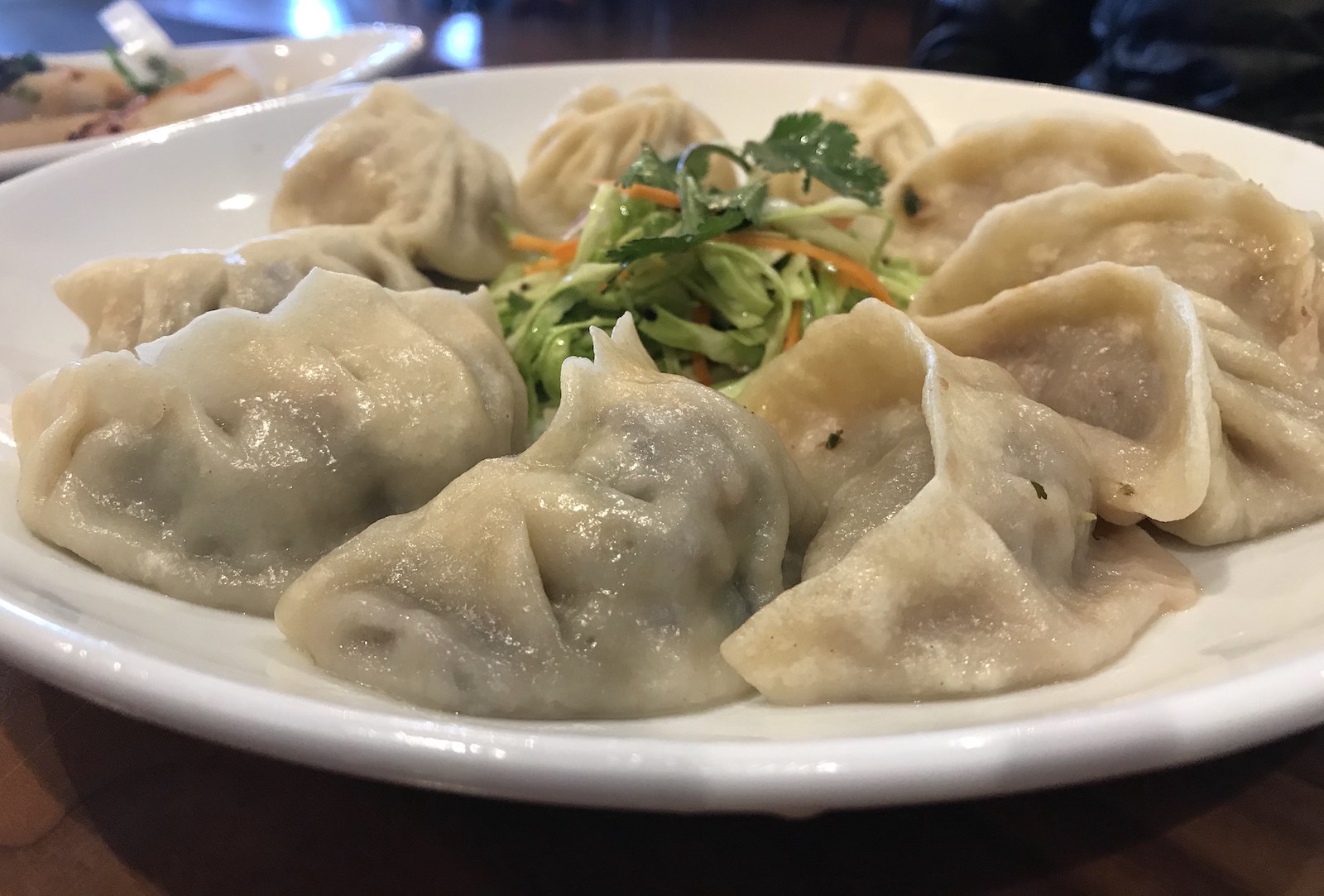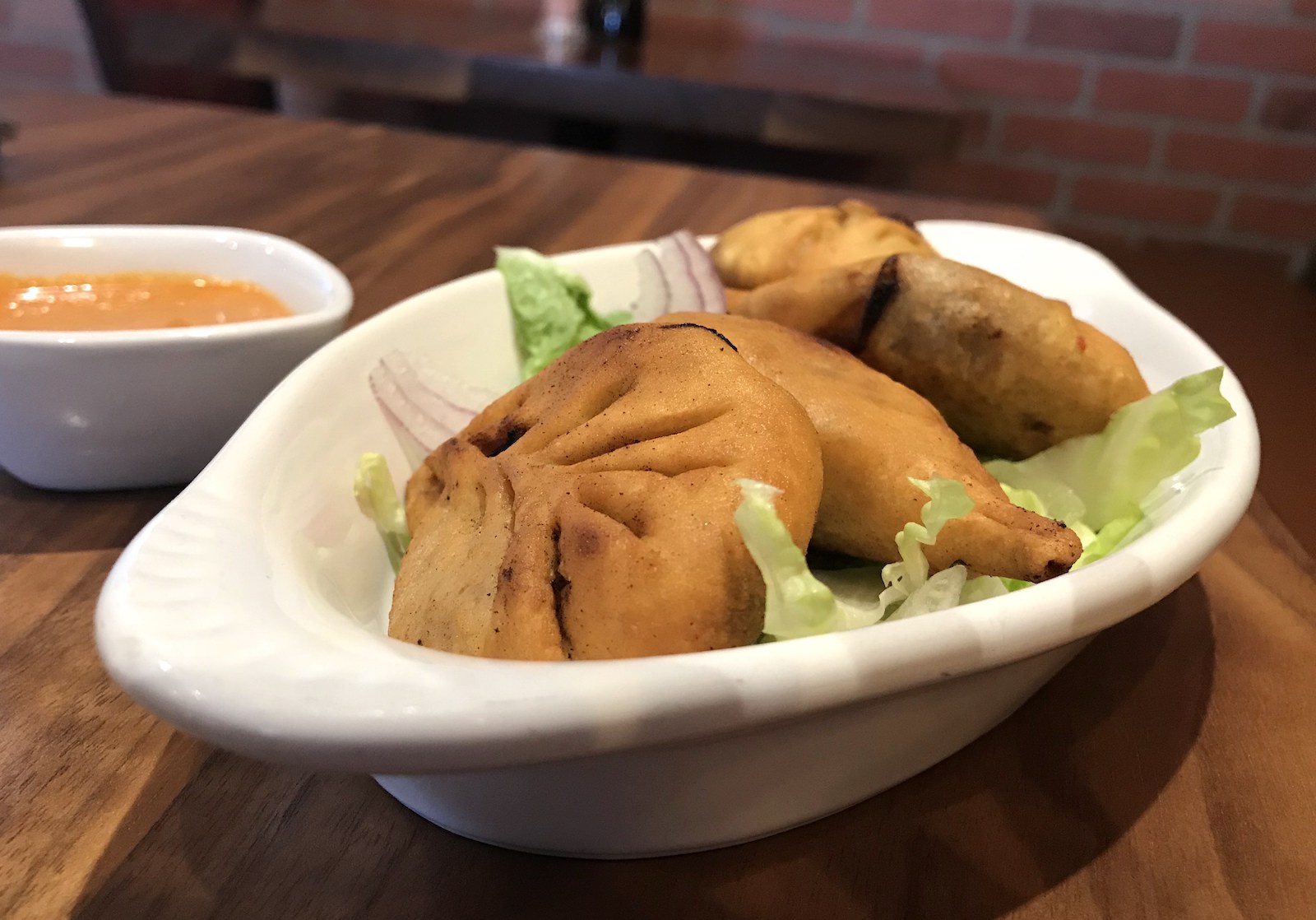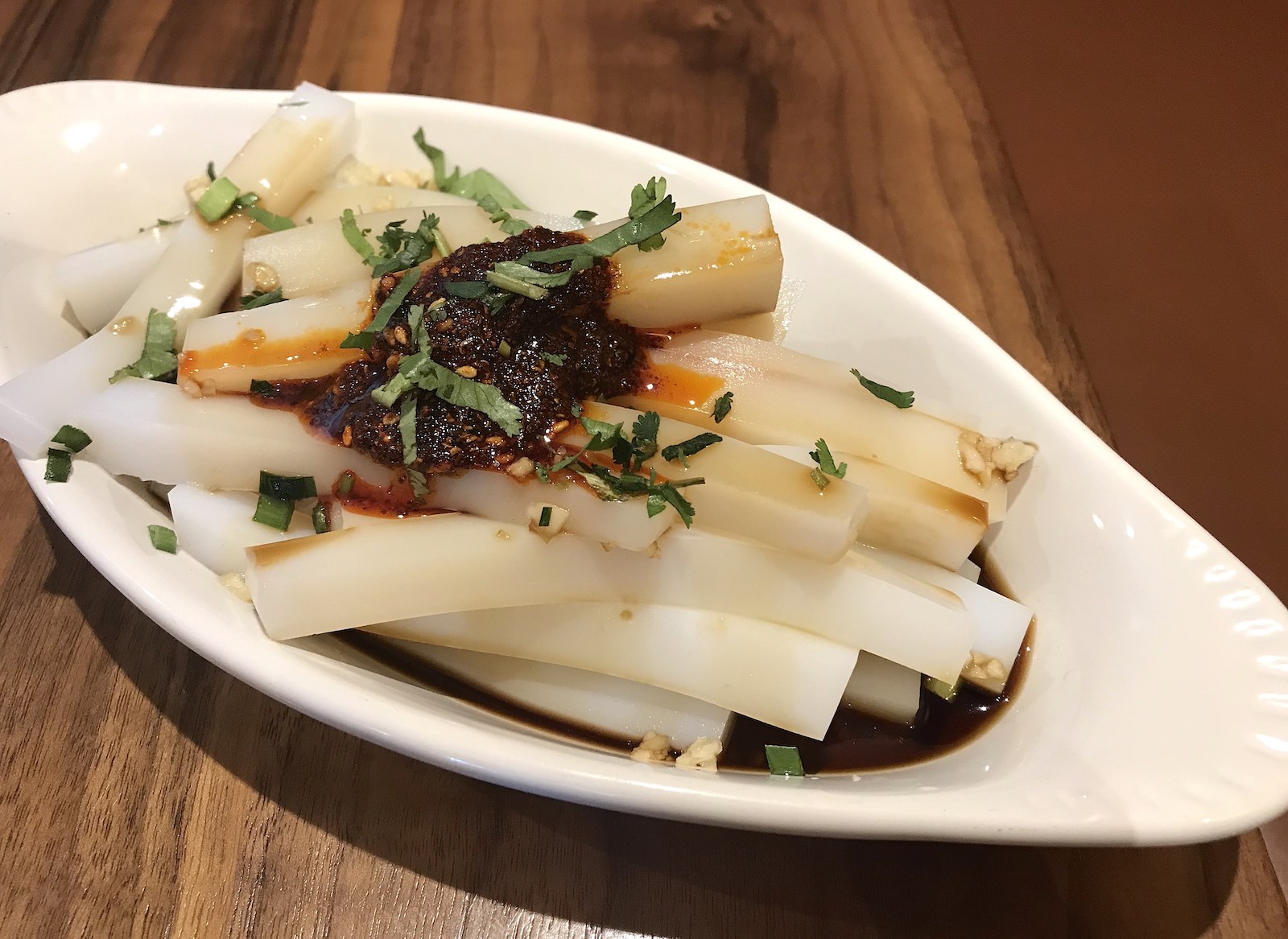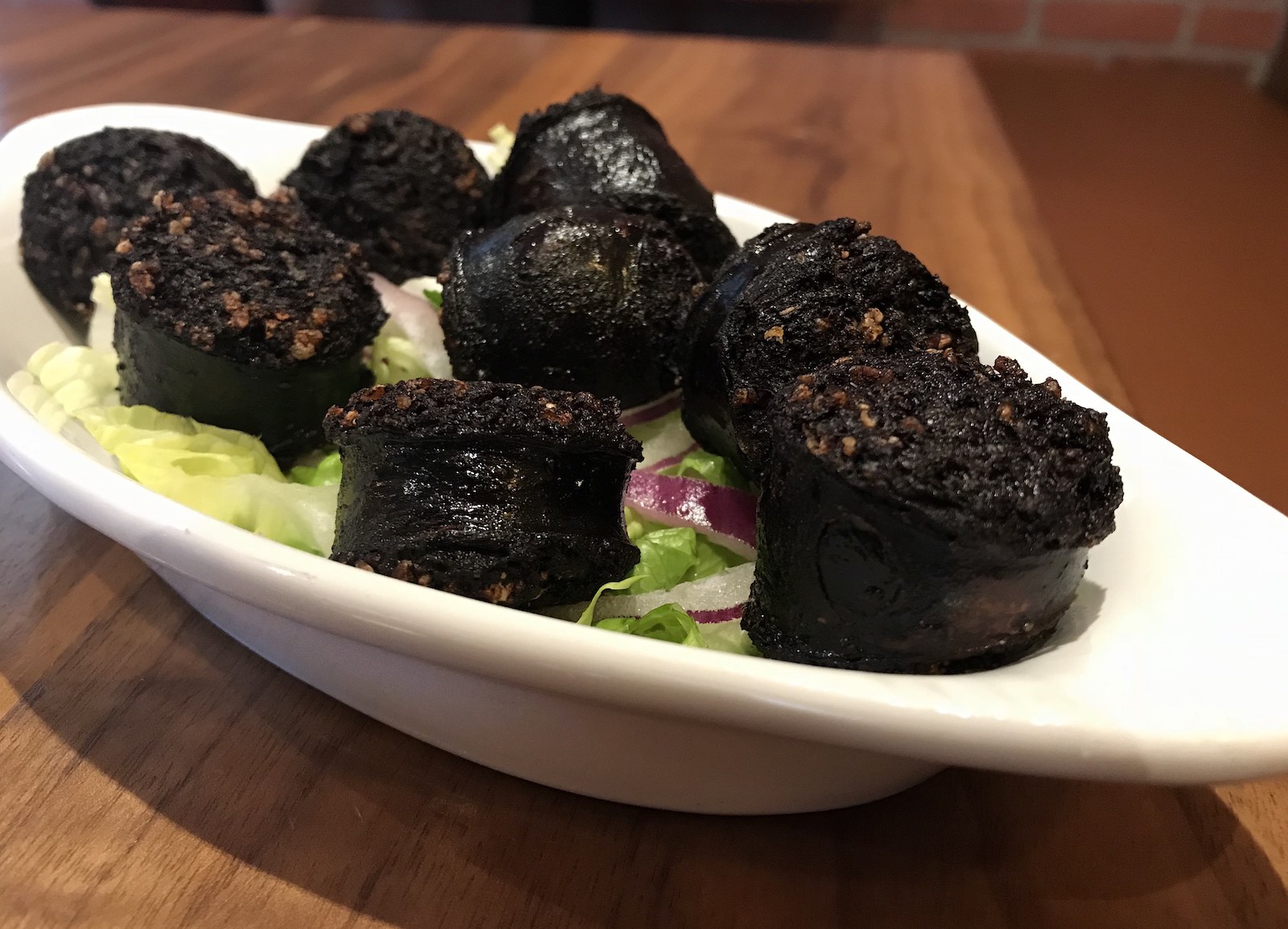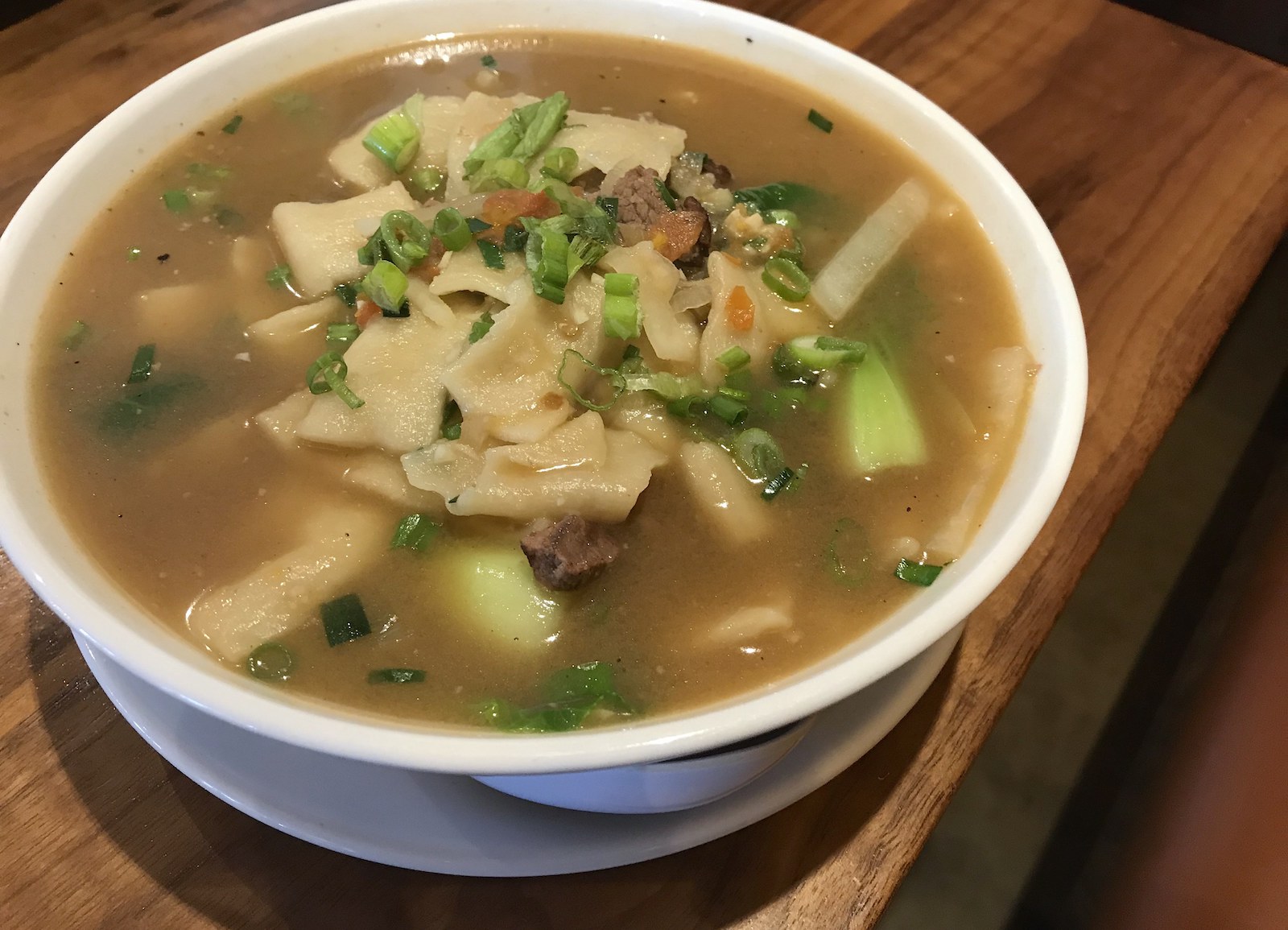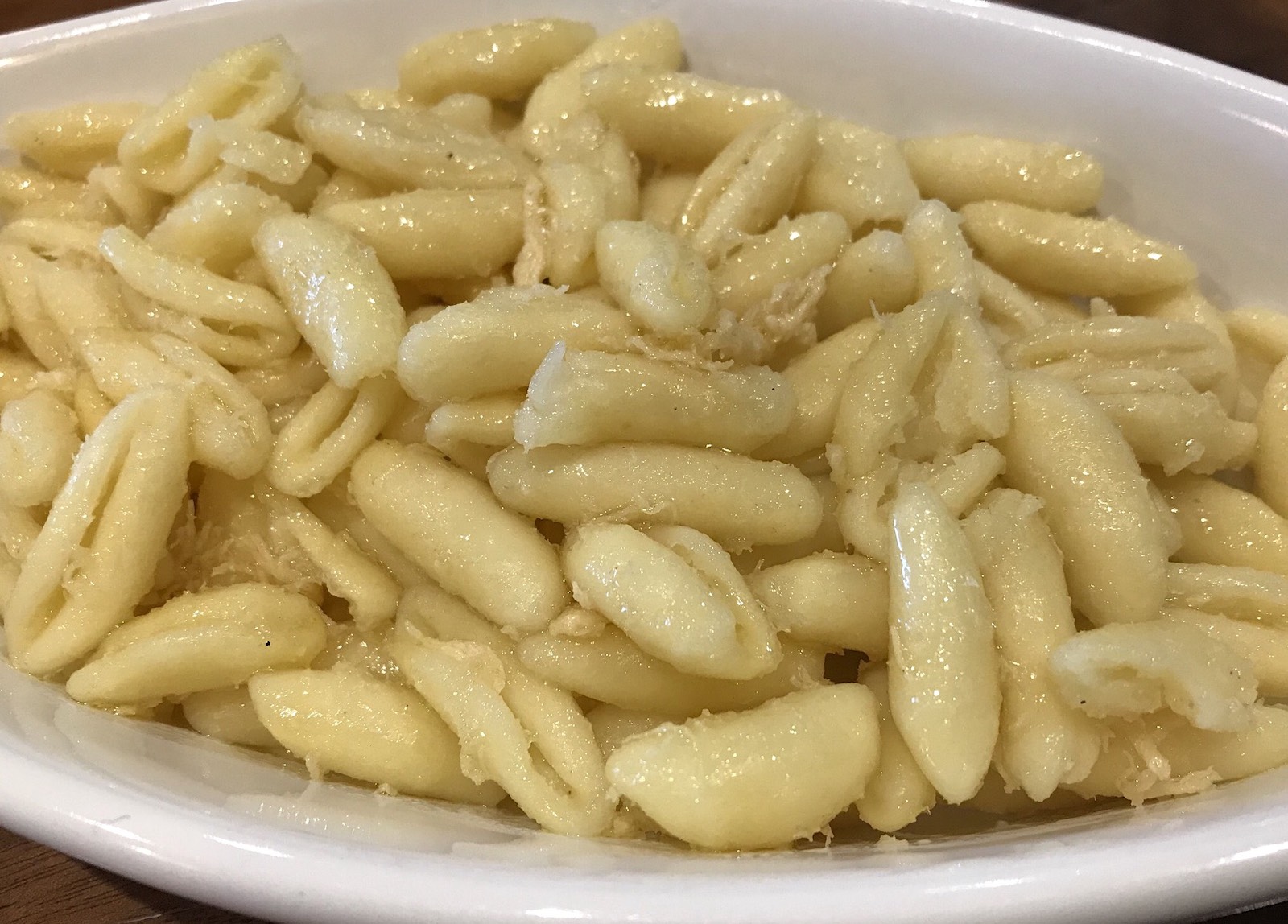The Local newsletter is your free, daily guide to life in Colorado. For locals, by locals.
When I discovered Chowhound—back at the turn of the millennium—it was a bare-bones message board for gastronomic misfits who subscribed to the front-page manifesto of its founder, Jim Leff: “Foodies eat where they’re told,” he wrote. “Chowhounds blaze trails.” I was just starting out as a food writer, and it read like a call to arms.
Today, Leff’s scrappy sanctuary for geeks “who know where the good stuff is” has morphed into a slick CBS-run resource for, you guessed it, foodies. And I’ve become all too aware that writers viewed as gastronomic trailblazers from one angle may look like cultural interlopers from another. And yet the Chowhound in me still yanks the leash: I’ll always believe that sniffing out the smallest hole-in-the-wall is a more critical mission than splurging at the latest hot spot. At the very least, I might taste a dish I’ve never tried. At best, I may actually learn something from a new (to me) experience—about the cuisine in question, about the part of the world it comes from, maybe even about myself and my own assumptions, good or bad.

So come with me on this web series tour of hidden gems in and around Denver. And if you have any favorites off-the-beaten path, please share them with us all in the comments.
Americans tend to mysticize Tibet. Between its spiritual traditions, its mountainous splendor at an average altitude of more than 14,000 miles above sea level, and its apparent isolation from the modern world, we speak of this autonomous region of China in almost celestial terms: It’s a short leap in logic to imagine its people subsisting on nothing but, say, fresh air and lotus blossoms. But nothing could be further from the truth. Meaty, starchy, and hearty, Tibetan food is remarkably down-to-earth.
Not that it’s easy to find around here. While Denver and Boulder are home to a handful of restaurants touting Himalayan cuisine in general, they tend to serve primarily Indian and Nepalese cuisine; only a couple that I know of specialize in Tibetan dishes specifically. Little Tibet caught my eye for being the only one among them to offer yak-butter tea—or at least the only one to advertise as much on its website. Trendy as bulletproof coffee has become stateside, its salty Tibetan precedent is no doubt a hard sell in the land of caramel Frappuccinos. I took its mention as a welcome sign of a certain lack of compromise.
Truth be told, though, I forgot all about the tea once I got an eyeful of the main menu at the spare but serene little north Boulder storefront. The owners of Little Tibet—Indian-Tibetan Jampa Dothar, who hails from New Delhi, and Tibetan native Phuntsok Dorjee—told me in an email that their goal is to show customers how their repertoire “is quite different from Chinese food and even from Indian dishes, contrary to some people’s beliefs”—and so they do, offering a wealth of options beyond the token momos and “thukpa” (Tibetan noodle soup) found elsewhere.
Take appetizers like the “sha bhaley.”* Somewhere between dumplings and meat pies, these crunchy little disks of beef-stuffed fried dough would rank as comfort food par excellence if not for the blazing-hot dipping sauce they come with, a blend of tomatoes, garlic, and copious bird chiles. The same goes for “laphing.” Bathed in soy sauce with garlic, green onion, and herbs, this chilled dish of sliced mung-bean jelly registers on the palate as pure refreshment, more slick texture and cool temperature than flavor per se—at least, that is, until you get a blast of the sesame seed–dotted chile paste on top. Meanwhile, the nearly black beef-blood sausage called “gyuma” may turn off the squeamish, but that’s their loss: flecked with barley and oats, it’s deeply flavorful, a touch nutty but not at all funky.
For your main course, give a soup other than thukpa a whirl: Dothar and Dorjee pull their own noodles for the “thenthuk,” chewy-soft shreds of which fill the lightly tangy, ginger-tinged broth along with chunks of beef (or chicken, or no meat at all, if you prefer) and an abundance of white and green onion, bok choy, spinach, and other veggies.
And speaking of handmade pasta, the “bhartsa markhu” surely goes down as one of the most delightful examples of deceptive simplicity I’ve had in some time. Made with a cavatelli-like dough, it’s tossed with butter, strings of ultra-mild yak’s-milk cheese, and—here’s the kicker—sugar. Then it’s served for dessert. Talk about an American culinary trend for all ages waiting to happen.
Also on the dessert menu is “tsampa,” a staple starch of roasted-barley flour that’s consumed in all sorts of circumstances in Tibet but here is served as cake topped with ice cream. I haven’t tried it yet, but I’ll head back soon to give it a shot—with a spot of yak-butter tea, of course.
*Note: I’ve used Little Tibet’s transliteration of dish names here, though English spellings vary.
4479 N. Broadway, Boulder, 720-459-8336



